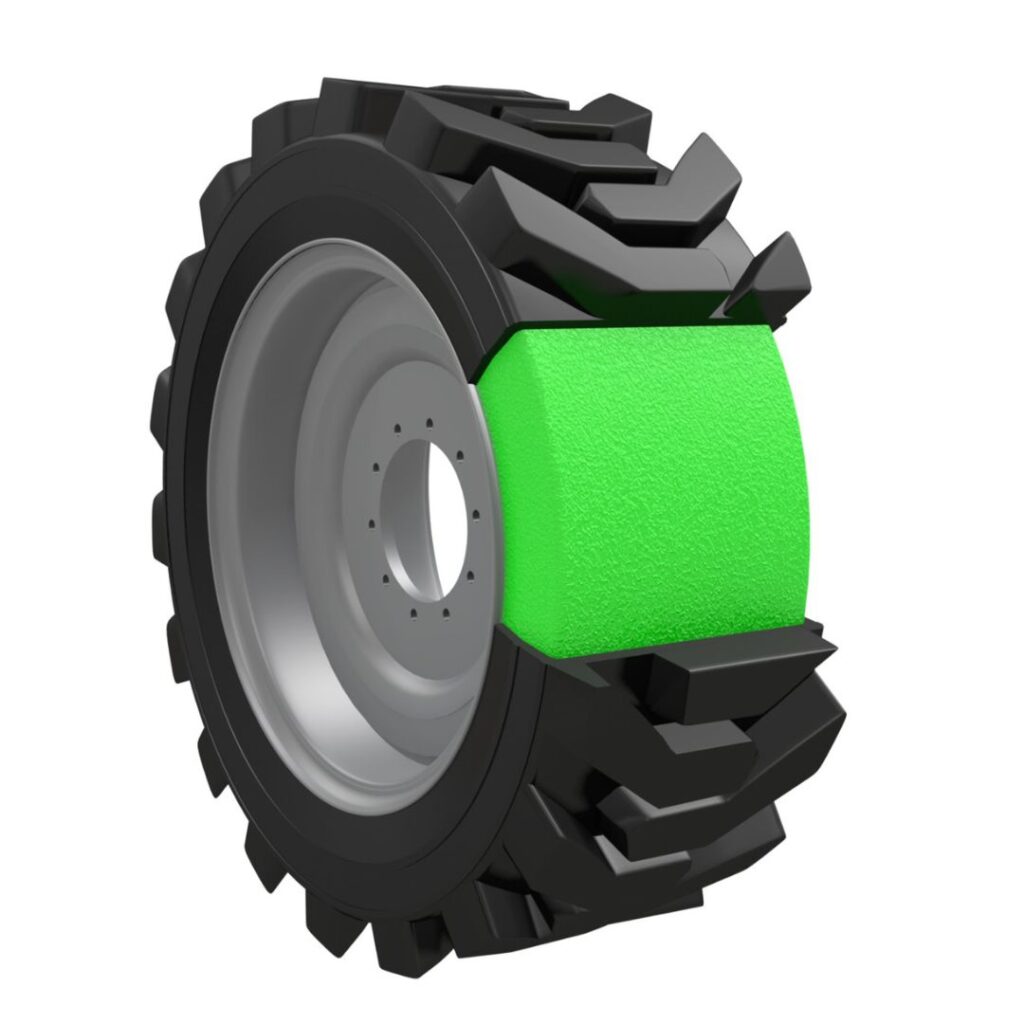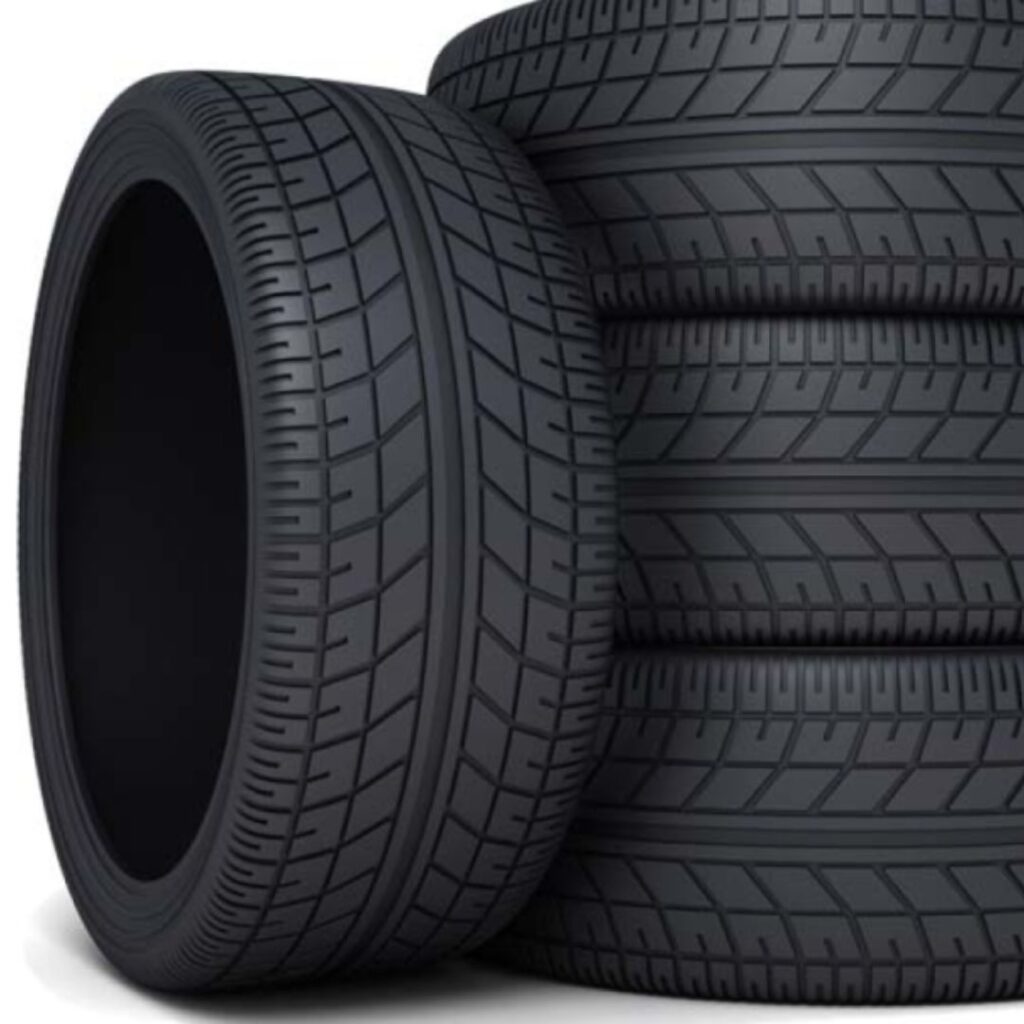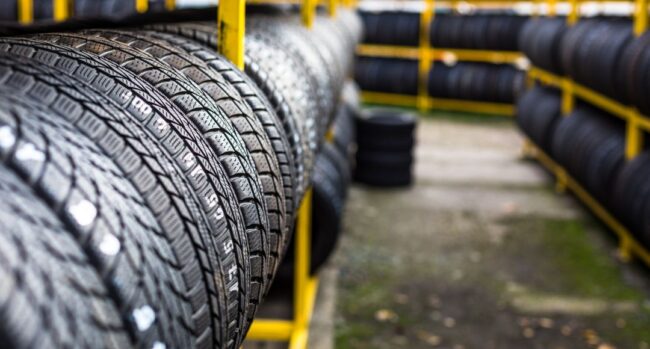Foam-filled tires and solid tires share many similarities in terms of their construction, but there are also some significant differences between the two types of tires. Both serve a valuable purpose in agricultural and industrial applications, but it’s important to be aware of their pros and cons before deciding which type is best for your application. If you’re looking to save money and take on a do it yourself tire foam fill for your car, consider using a tire foam fill kit to fill your tires with foam and experience improved stability and puncture resistance.
This article will discuss the differences between foam-filled tires and solid tires, as well as their respective advantages and disadvantages.
Advantages of Foam-Filled Tires
The most notable advantage of foam-filled tires is that they provide superior flotation over traditional air-filled or pneumatic tires. By using a special foam technology, these tires are nearly impervious to punctures, saving you time and money in the long run. Additionally, foam-filled tires last up to 25% longer than other types of tires, giving them a definite cost advantage over the competition.

Disadvantages of Foam-Filled Tires
The primary disadvantage of foam-filled tires is their higher cost compared to traditional air or pneumatic tires. Additionally, foam-filled tires produce a much louder noise than other types of tires, which can be off-putting to some people. Finally, these tires are not ideal for applications that involve high speeds or frequent changes in direction as they tend to lose traction more easily than other types of tires.
Advantages of Solid Tires
The primary advantage of solid tires is their low cost, as they are generally much cheaper than foam-filled or pneumatic tires. Furthermore, since they are made from solid rubber, they are highly resistant to punctures and other damage caused by debris on the road. Additionally, these tires are well-suited for high-speed and frequent direction changes, making them ideal for applications that require such performance.

Disadvantages of Solid Tires
The primary disadvantage of solid tires is their low level of flotation. Since they are made from solid rubber rather than foam, they do not provide the same level of cushioning as foam- tires. Additionally, solid tires tend to wear out faster than other types of tires, leading to higher replacement costs in the long run. Finally, they can also be quite noisy due to their lack of flotation.
Conclusion
When it comes to choosing between foam-filled and solid tires, it’s important to consider the unique needs of your application. Foam-filled tires provide superior flotation and puncture resistance, while solid tires are cheaper and more suited to high-speed applications. Ultimately, the best choice depends on the specific requirements of your application. Whichever type you choose, it’s important to keep in mind that both have their advantages and disadvantages. With careful consideration, you can make sure that you select the right tire for your application.
